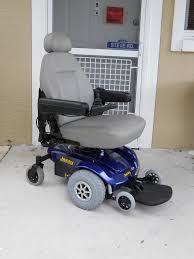FOR ALL THE talk of self-driving vehicles revolutionizing transportation, the technology promises to do even more for the elderly and disabled by allowing them to enjoy sustained independence. Autonomous vehicles will allow aging Baby Boomers to continue driving, and MIT researchers have packed the same hardware into a wheelchair.
As Self-Driving Cars Approach, the Auto Industry Races to Rebuild
“I see the technology as impacting anybody who is confined in their motions,” says MIT researcher Daniela Rus, who started on this project after visiting a retirement community, and noticing there weren’t enough staff members on hand to help everyone in a wheelchair move as much as they wanted to.
Equipped with three LiDAR sensors, the wheelchair works much like a self-driving car. Before going into service, someone manually drives it through a given area, and the sensors build a map details how wide the hallways are, where the pillars are, and so on. Once that’s set, the user selects where he or she wants to go by click on the map, and the chair gets going, using the sensors to look for “dynamic obstacles”—like people walking around, or that chair that wasn’t there earlier.
The chair’s not quite ready for primetime. Rus and her team are working to extend the tech so it works indoors and outdoors, and to teach the system to make predictions, like where that person pushing the food cart is heading, and how best to avoid them. Rus has talked to hospitals in Boston and Singapore about piloting the technology, and says she’d need more resources to make the engineering work on a mass scale and bring it to market.
Read more: MIT’s New Wheelchair Drives Itself

